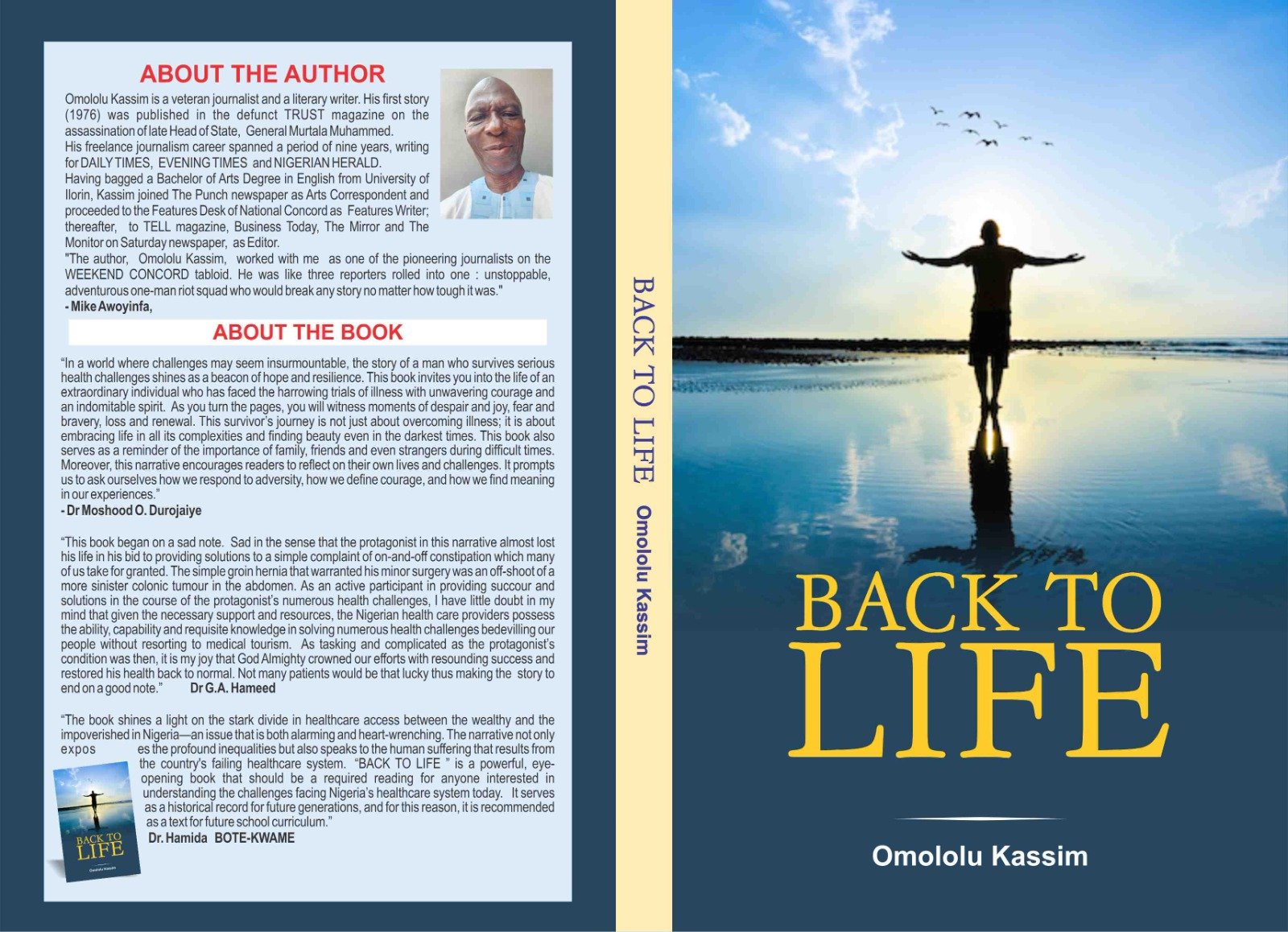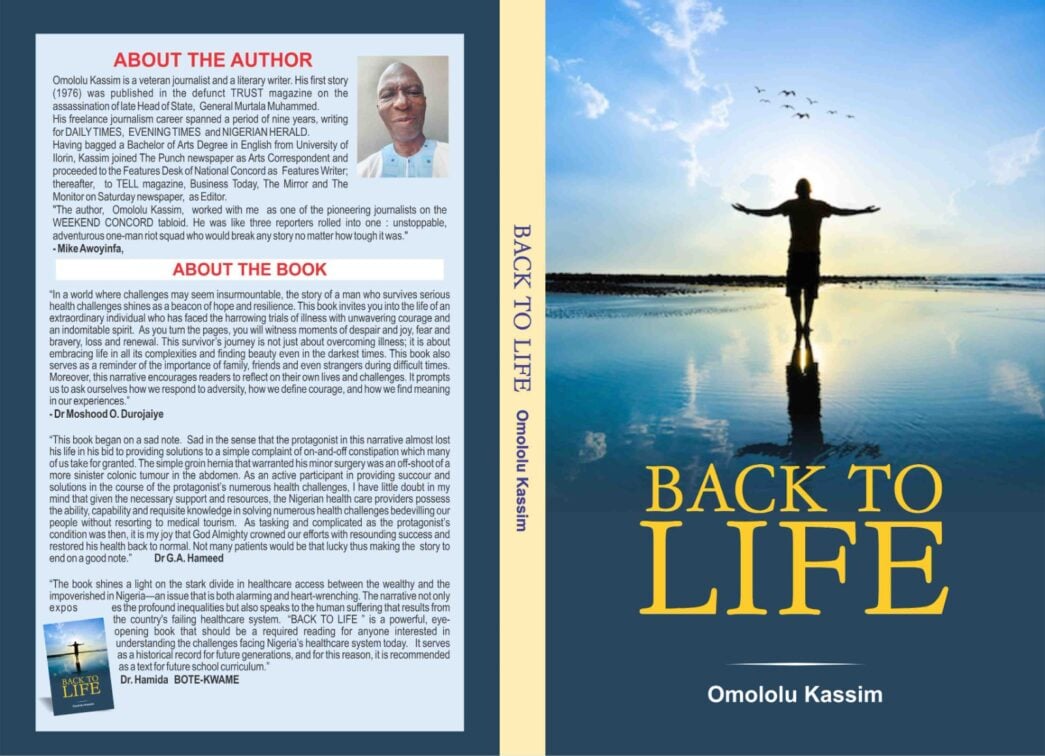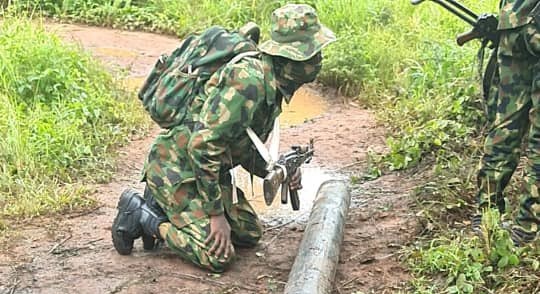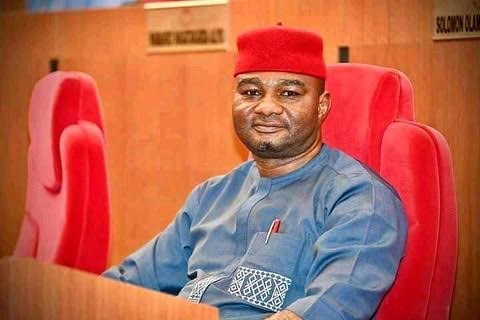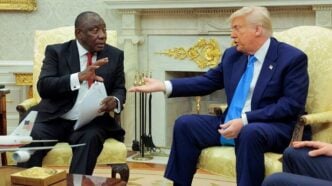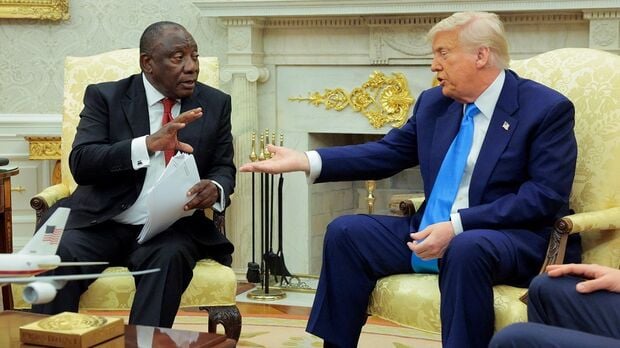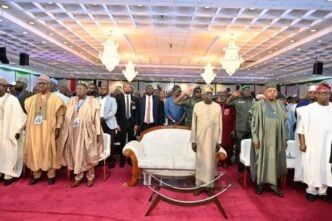In ‘Back to Life’, Omololu Kassim is back to the energy-sapping but fulfilling business of writing on a grander height because the author was in the league of the best crop of reporters with optimal visibility prior to the June 12-induced shutdown of the Concord titles. However, with the indulgence of this august audience, I dare say so much water had passed on.
In this 98-page volume, Kassim has combined the dexterity of a nosey and crafty reporter with the panache and precision of a medical sociologist to make the world better with the detailed documentation of the uncommon ordeals of the protagonist of his book, Quadri.
The said ordeals comprise a multilayered series of excruciating health issues made even worse by the paucity of suitable health facilities, yet only affordable to an insignificant percentage of the sprawling population. Even in enviable Lagos, the setting of the didactic story.
The substance of the story
Advertisement
At the very beginning, Quadri, the man who can be credited with the proverbial nine lives, had felt intermittent pain in the groin and managed it over time. He has a modest income coupled with the protracted illness of his loving, strong-willed and supportive wife, Abeebat. Typical of her gender in most cases, Abeebat mustered all the energy to nurture the love. The strong woman was the embodiment of life-wire for Quadri and indeed the entire family, suppressing her own traumatic predicament for the well-being of others and particularly the sick hubby.
It is only fair that we appropriate fair attention to the good memory of the better half of Quadri, who seemed to, if only for love, prefer to see Quadri live forever.
Abeebat ignored her own failing health manifest with an emaciated physique to tear through the thickets of the frustrating Lagos traffic to visit her darling hubby while recuperating after each of the two surgeries he had. She even prophesied recovery for Quadri. Ironically, just when Quadri, inspired by Amina, the heroine of the entire gamut of all the health struggles in Back to Life, together with Benjamin, Quadri’s brother, was ready to tackle the health challenges of Abeebat, it was the saddest encounter, to echo poet Kalu Uka.
Advertisement
The queen that she was, she even organised what qualified as a psychological reset for the family members. On the eve of her admission for the scheduled surgery to wipe off the root of her challenge following a proper diagnosis of a tumour in the brain, she had some kind of energy resurgence.
Infinitely committed to the happiness of her entire family, she convened a dance session. She danced and enjoined Amina, other children, as well as her hubby to do dance steps to the reigning music numbers. These included those of King Sunny Ade, KWAM 1, as well as hip-hop, particularly Kiss Daniel’s wildest of all times- “…lo lo lo, buga won”. It was the happiest moment in the recent life of the family.
It therefore became quite tempting to presume that the dance was to signal the message that joy is coming to the family, and fully too. As daunting as Quadri’s case is, so shall it be for Abeebat, hence the dance session.
Back to Quadri, Amina managed to raise a loan to finance the surgery for a hernia considered to be a minor one. She accompanied the father to Zenith Clinic on the appointed date. The operation took only 30 minutes. It was a success. But the joy of that success, to echo Ola Rotimi in The God’s are Not to Blame, has a slender body breaking too soon. Sigh of relief in order after the 30-minute procedure? No! He started vomiting. Doctors needed to do some scanning of the abdomen to ascertain the exact problem with precision.
Advertisement
Rather than head home to recuperate, Quadri, in the company of Amina, was taken in his own car, which he initially drove, to a diagnostic centre. The result: There was a blockage in the intestinal region, disrupting the normal flow of ingested drinks and foods. The alimentary canal could no longer function normally. The accompanying agony transcended comprehension as he could no longer pass excreta. No time to waste for the crucial task ahead. On to Central Metropolitan Hospital. Because of Quadri’s social standing and the fact that Amina is also a hospital administrator, the preliminaries at CMH were given accelerated attention
Kassim reports: “…this health condition was considered clinically dangerous…an emergency case which could not wait for protocol. Screened blood was connected to Quadri’s body through intravenous lines before the surgeons got down to work. This blood transfusion was necessary to replace anticipated excessive loss of blood…”
Following the six-hour-long operation, he continues: “…Amina followed closely behind the attendants as they transported her father from the theatre to the ward. It was a solemn moment for her. She didn’t utter a word. She couldn’t. She only watched as her mind raced through many thoughts, thoughts about her father’s close shave with death in the theater.”
Back in the ward and back to life, so to say. Unable to move his body on his own, Quadri’s body is also highly wired up: “…an intravenous drip trickling into his veins, drop by drop along a line which pierced through his left arm into his bloodstream. Another line pierced through his nostril to drain out waste fluids from his lungs into a transparent receptacle. Yet another line pierced through the right side of his belly to drain out waste fluids from his abdomen. Furthermore, a tube was inserted through his penis to drain out urine which flowed uncontrollably into another bag.”
Advertisement
Quadri endured this situation for 44 days, eating up the entire annual leave of Amina. Not a few of the spectacles will be forgotten by either Quadri or her faithful daughter, Amina. CMH, being a public hospital, is often overcrowded. All seats at the reception are always taken up. Tales of sorrow everywhere, with needy patients often requiring urgent attention but with no help in sight.
Quadri notes a particular cancer patient, Kamoru. This patient has no one to support her besides her withered mother begging for alms to support her dying son. It took a long time before Kamoru got admitted into the 18-bed male ward with Quadri. His was a bad case. Often overwhelmed with unbearable pains, Kamoru would cry out aloud to the discomfort of everyone around but attracting little or no help. Not long after being admitted, Kamoru passed on. But even before Kamoru Chief Allbert Ojoye gave up the ghost.
Advertisement
Who will remember the poor in Nigeria regarding health? When will the poor be remembered? Who will address medical tourism abroad undertaken by government leaders, including President Buhari and others and thus bourgeoning by the day? These and others are the questions Kassim keeps raising regarding what seems a callous disposition of the government to the plight of most Nigerians who can hardly afford the continually rising cost of healthcare.
Although Quadri’s 44-day stay in the hospital was tiring enough with multidimensional repercussions, his freedom being outside, even with the burden of a colostomy bag or what you may call toilet pouch, was not going to last two long before being re-admitted. For a third surgery. Yet another corrective surgery. But even the first post-hernia surgery was corrective.
Advertisement
Incidentally, it does not occur to Quadri that he would need a third surgery. He had only gone to CMH for routine review on a particular day when he was told he would need to go through another procedure to normalise his life, so to speak. He won’t have to carry the colostomy bag everywhere again, so he could, afterwards, resume normal toilet practice as opposed to his dependence on the colostomy bag.
Again with Amina, he returns to CMH. He is duly counselled and made to realise that he would need to be off food for some four days. Yes, four whole days! This is to make his body system ready enough for the surgery. On the said day, Quadri, right in Maryam’s presence, is made to understand that the procedure won’t exceed two hours as opposed to the previous one that took six hours. Sheer toasting, to descend to the street. The procedure eventually runs for eight hours!
Advertisement
This situation raises questions we must ruminate seriously on to appreciate life, Quadri’s life precisely and indeed by extension, each of our own lives and indeed the life of the energetic care superintendent, Amina. The poor girl took a loan to finance what he thought was going to be a minor surgery, but ended up getting stuck with two additional operations!
One may well ask: Who, assuming we are in Aminat’s shoes, will not be overwhelmed or dumbfounded? Who will not be broken, and you will excuse my resort to popular, as in severely shattered and disoriented? But what option does Quadri and her relentlessly supportive daughter have? Right between the devil and the deep blue sea! Quadri survived this round and Amina as usual defrays all the bills, obviously with the numerous support volunteered for her dad by family members and friends who had sympathised with them.
But it is no longer at ease for Amina, now a serial task master. Abeebat’s situation has since degenerated. That dance session I mentioned earlier was hardly short of dance of death. It is the last with Abeebat, who was hypertensive, had ophthalmic challenges of cataract and so forth. As was with Quadri’s hernia operation leading to other surgeries, Abeebat’s cataract surgery revealed the urgency of the brain tumour surgery, which ultimately led to the Intensive Care Unit, ICU. Sadly, it turned out to be the very terminal…
Lessons
Amina fought so hard to have her Daddy back, but together, Daddy back on his feet, complemented by her siblings, fiancé and Uncle Benjamin, they lost the battle to save Mummy Abeebat. They can only make do with Quadri. Who, then, should do well to appreciate to life appreciate life more than Quadri? And Amina?
No less important is the need for us all to pay attention to the needs of our neighbours and the powerless in the hospital. Quadri, who became a fan of the popular Zee World TV programme while bedridden, revealed that patients bear the bills for TV subscription. The TV set was probably donated by a past patient
Yet another lesson from this publication is the need for us all to hold firmly to the pillar of our faith, for that will strengthen our capacity for religious tolerance. Nurse Stella, being a Christian, could only conduct daily morning devotion in the only way she knows. It is left to the individual patient to decide on their preferred worship renditions.
How about the intermittent fasting recommended for Muslims, and medics have also endorsed it for good health? If you need to do surgery, you must experience it, but there is no reward. So, why not establish it? Perhaps that may be the only thing that will keep you away forever from the surgeon’s knife.
Finally, kudos, indeed a huge one to Amina, who stood tall through the struggles of Mum and Dad. Daddy’s journey back to life owes a lot to this energetic queen that her dad fittingly hails as a faithful daughter.
Overview
Finally, to all potential readers of Back to Life, you will find the book quite enthralling and unputdownable. The prose style adopted by Kassim is typically reportorial to the extent that this is even manifest in the paragraphing. Adding to that is the author’s poetic indulgence, especially with alliteration. He, for instance, describes the experience with the oxygen provided to patients in the hospital, such as given to Quadri, as a”sweet surrender to superlative sedative”. Aint that super sexy? These and other linguistic adventurism avail the book with a breather, far from being dense and daunting.
Like Kassim’s favourite editor and author of the foreword, Mike Awoyinfa, he is intentional with the choice of simple expressions that will enable average speakers of English Language to understand. Not for him the exhibitionist, high-sounding lingos. Kindly indulge me in claiming that graduates of Nigeria’s only Better by Far graduates are outstanding in this regard.
Quite commendably too, the author demonstrates transparency and genuine commitment to inspiring people to knowledge with generous footnoting to support otherwise inadequate explanations of some medical terms. I wish to remind us here that I had earlier dressed the author in the double garments of a journo and medical sociologist.
There are spelling slips in a few of the sections, including an embarrassing one on page 79, even as that does not sabotage the intelligibility. Some incredibly long sentences equally abound, disrupting the flow of the prose here and there, comprising as many as 47 words.
Parting Shot
On the whole, I hereby wish to state that Back to Life is a manifestation of Kassim’s commitment to, as we see in relay race, passing on the baton, but here to the society or sharing with humanity whatever our Allah-given endowment may be. The author, though no longer in the employ of any media organisation, has defied all distractions to pass on information and knowledge whose value is hard to quantify to the society that nurtured him and still supports him. Kassim’s story in this book is as much Quadri’s return to life as it is of the resilience which returns Amina’s life to being the task master of all the ordeals in Back to Life.
May we all keep triumphing over our challenges.
Akanni teaches journalism at the Lagos State University, LASU. Follow him on X: @AkintundeAkanni
Views expressed by contributors are strictly personal and not of TheCable.

